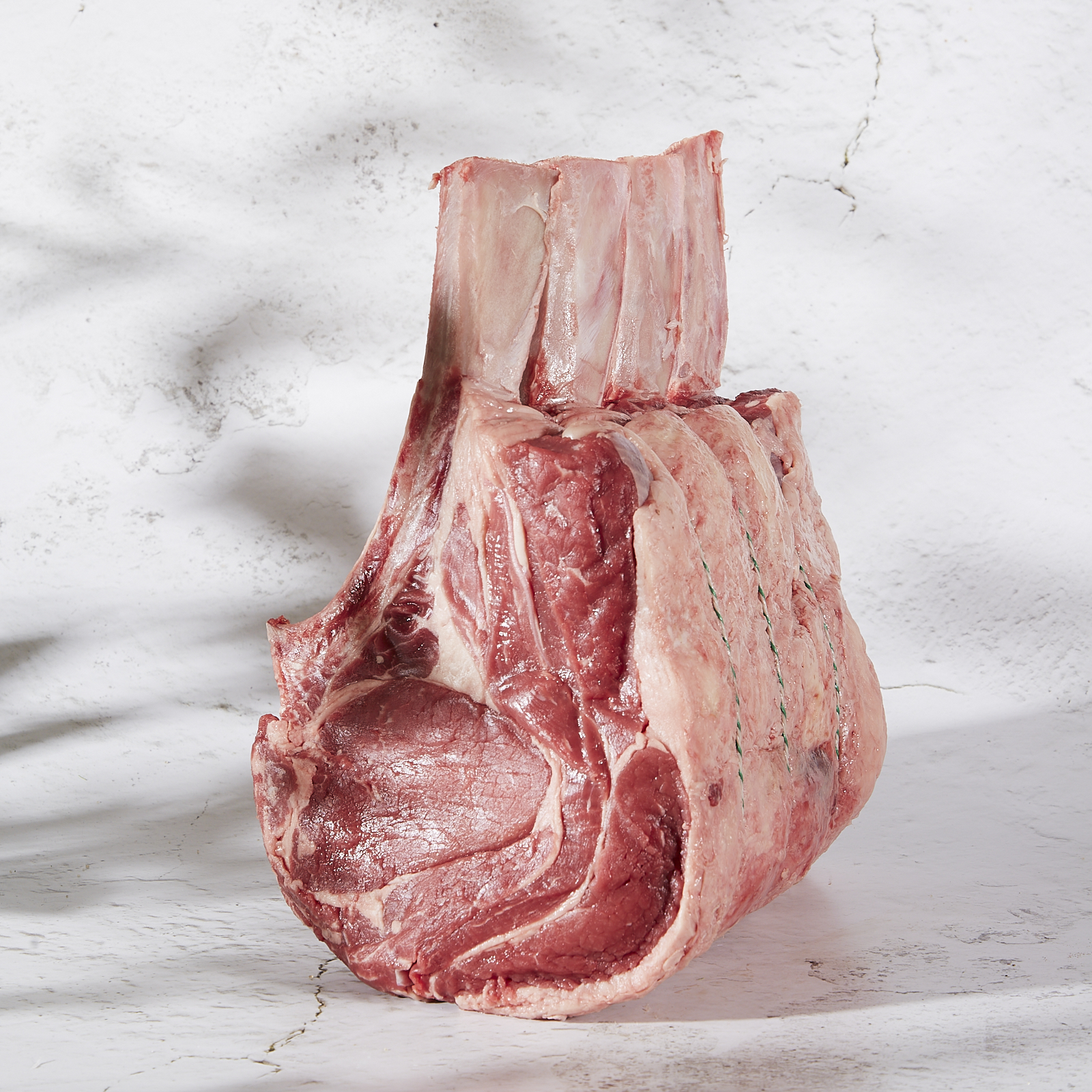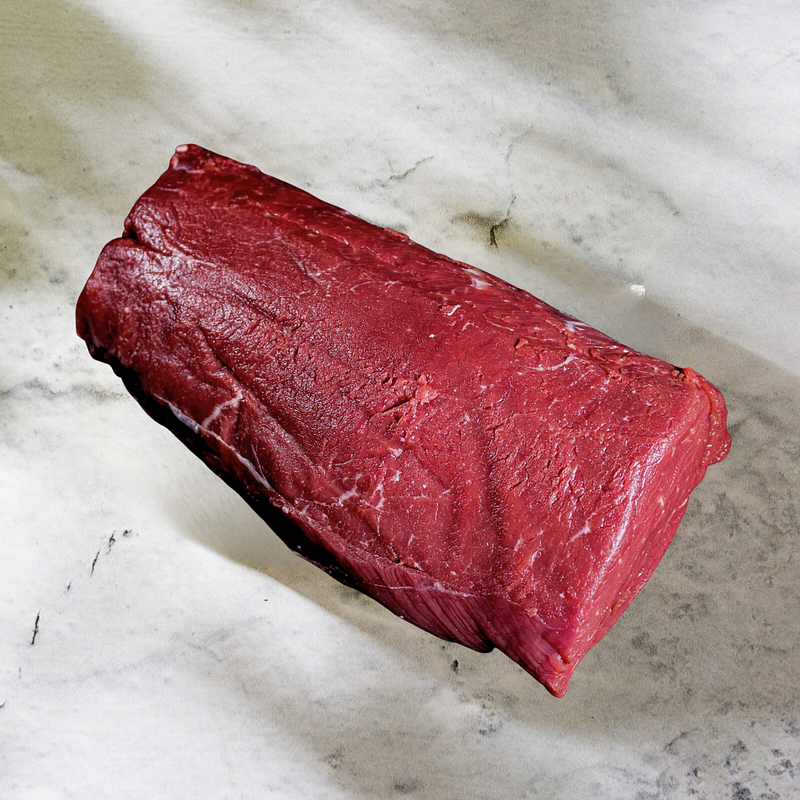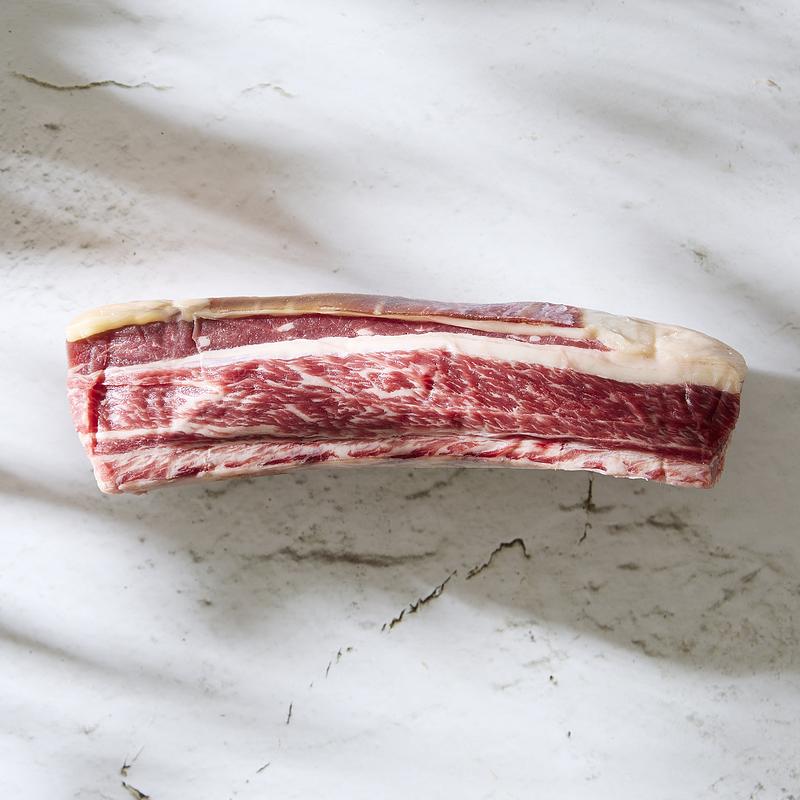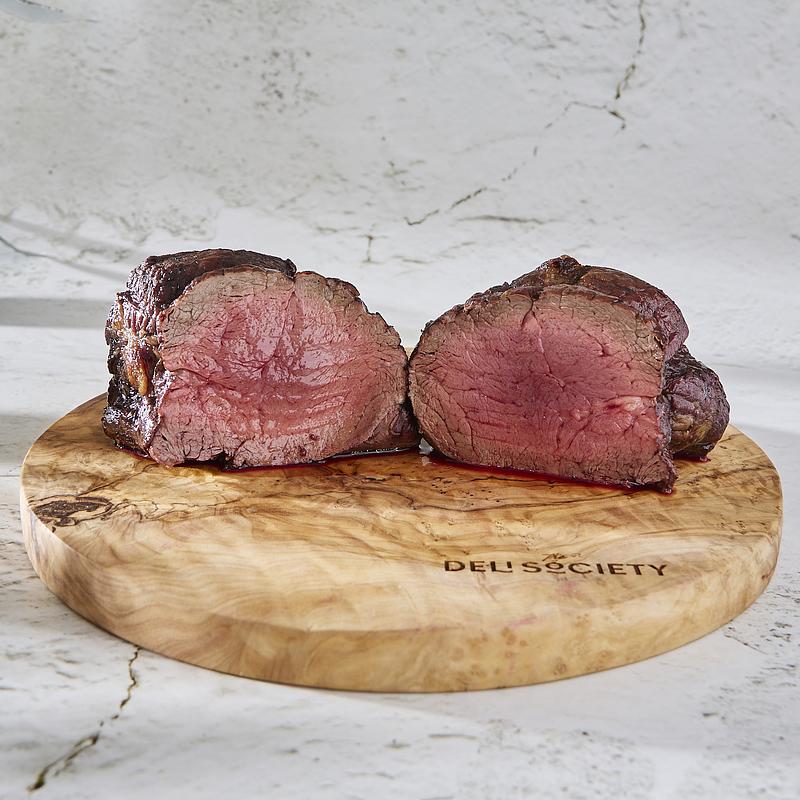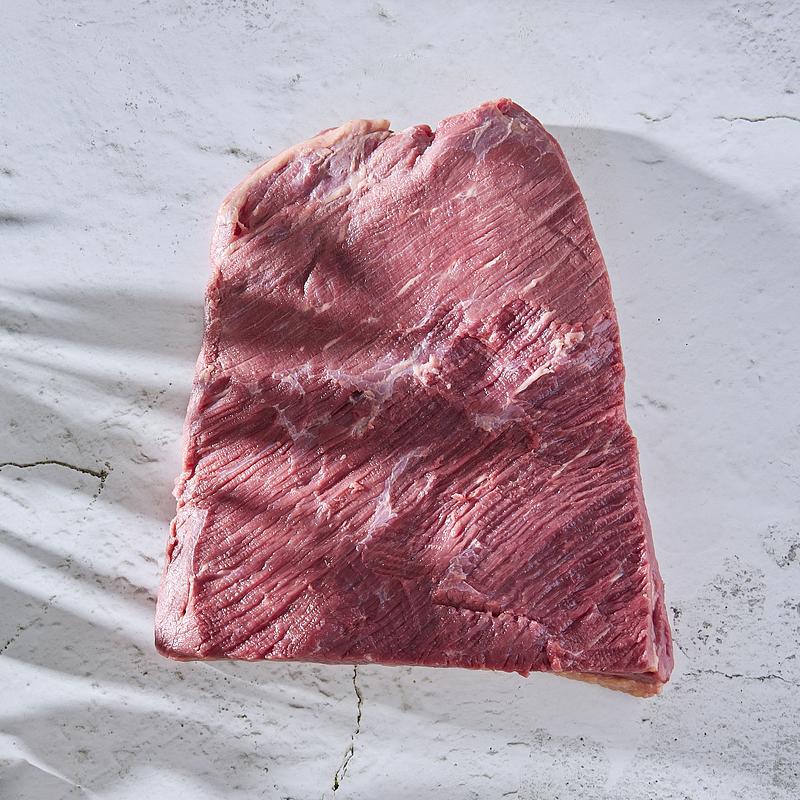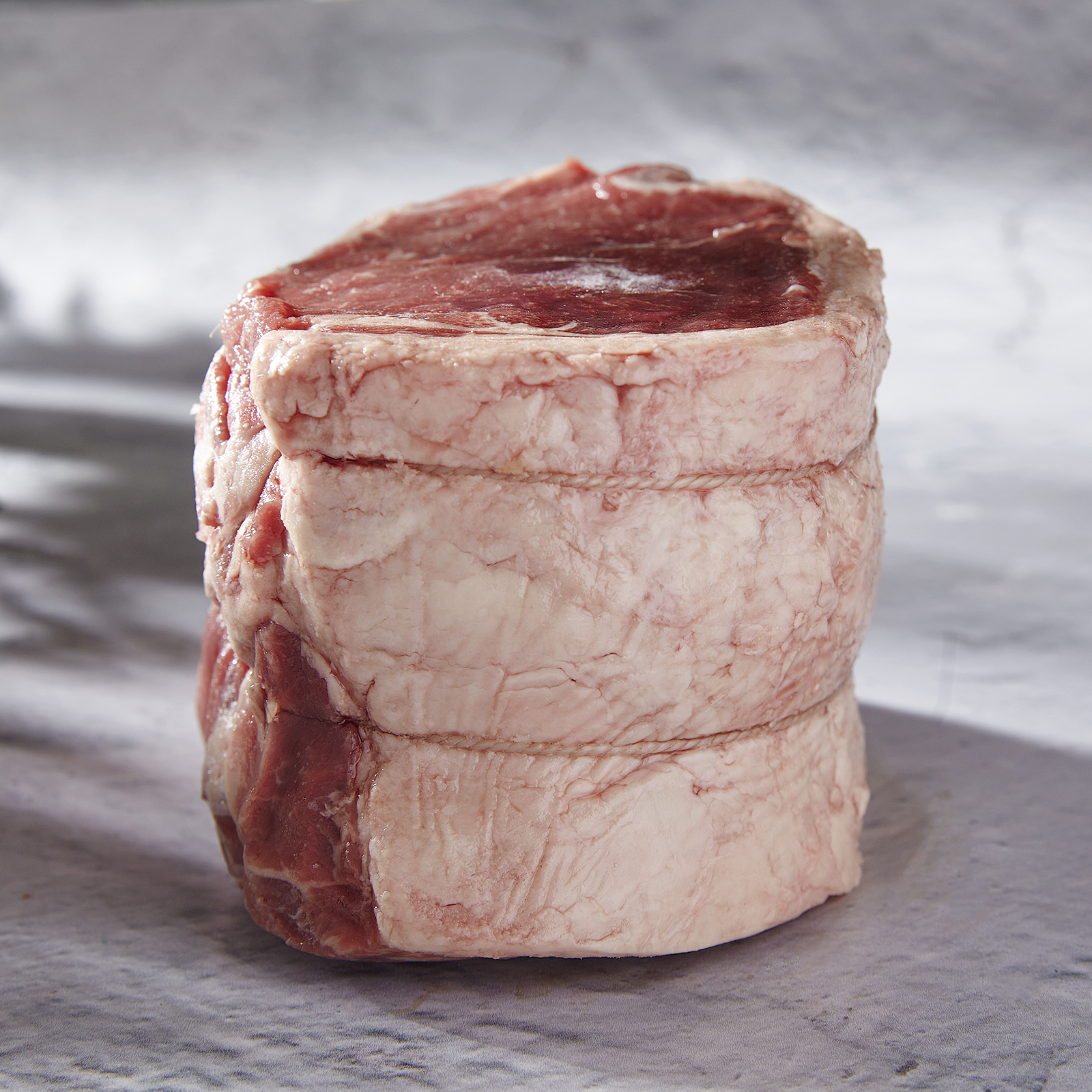Short Rib
Short rib is a cut of beef taken from the brisket, chuck, or rib area of the cow. They are called “short” ribs because they are cut into short lengths, usually about 2 to 4 inches long, containing a portion of the rib bone. Short rib is known for its rich flavour and tenderness, but also for containing a good amount of connective tissue, requiring slow cooking for it to break down and become tender.
Texture
The texture of short rib varies on how it is cooked. When slow cooked properly, they become tender and moist, with a melt-in-your-mouth consistency. These are known for a rich, meaty flavour and marbling, which adds to the succulent nature of the beef.
How to cook
The most common cooking method for short ribs is braising. This is a process that involves searing the meat then simmering it in a flavourful liquid for an extended period of time.
Iconic Dishes
Short ribs are featured in a variety of dishes from different cuisines. These include braised short ribs, barbacoa, and Korean Galbi.
These iconic dishes highlight the versatility of short ribs, making them a popular choice for hearty, comforting large meals.
